The largest mammal in the desert is the big-lipped snout and the humped-back animal with long legs called “Camel”. The Camel belongs to the animal family of Camelidae in the Animalia kingdom. There are several species of Camels named Camelus bactrianus, Camelus dromedarius, Camelus Ferus etc.
There are three types of Camels in the real world
1. Bactrian Camel
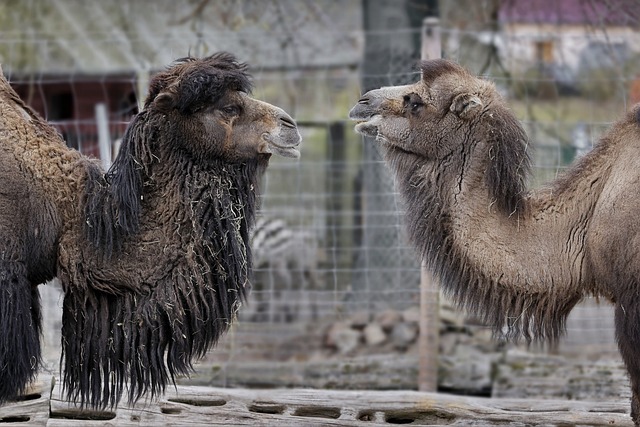
The Bactrian Camel is also known as the Mongolian Camel. They have two pointy humps with woolly coats and large even-toed hoofs. The Bactrian Camel also call as Camelus Bactrinus in its scientific name. The Bactrian Camel is the world’s largest living Camel; they weigh approximately 600 kilograms and are height of 5.9 feet. The weight of the female camels is less than the male camels. In ancient times, the Bactrian Camels were used as travelling caravans on the Silk Road. The Bactrian Camel can travel 30 miles per day and is good at carrying 450 kilograms of goods upon them; the capacity of a Bactrian Camel is double that of the Arabian Camel. The Bactrian Camel can go without water for months, and when they drink water, they can drink 12 gallons at once. According to the records, there are over 2 million Bactrian camels in the world, and almost all of them are domesticated.
2. Wild Bactrian Camel
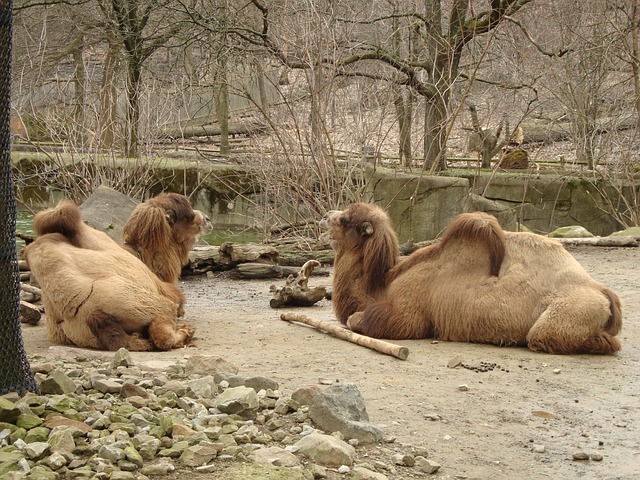
The Wild Bactrian Camel is a camel type that breeds in the wild and lives in northwestern China and southwestern Mongolia. The appearance of the Wild Bactrian Camel is double-humped with toed ungulates. The Scientific term to call Wild Bactrian Camel is Camelus Ferus. The Wild Bactrian Camel is separate from the domestic Bactrian Camel. According to the researchers of IUCN, the name the Wild Bactrian Camel has been on the red list as they have been a critically endangered species since 2008. According to the records, there are less than 100 species in the reserved areas of China and Mongolia. The Wild Bactrian Camel is smaller than the domestic Bactrians. The unique ability of Wild Bactrian Camel is that they can drink more salty water than other mammals.
3. Arabian Camel
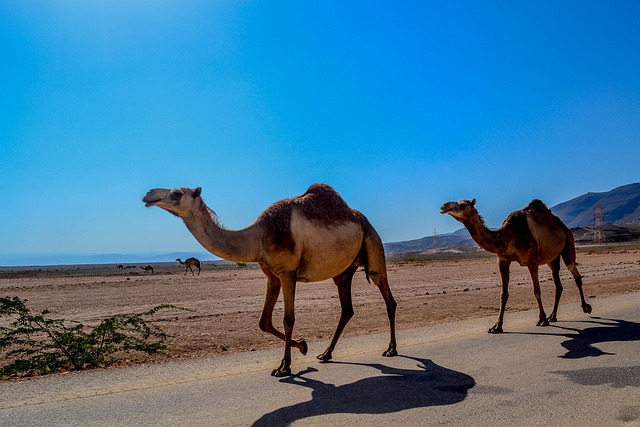
The Arabian Camel is also known as the Dromedary Camel which is known as Camelus Dromedarius in its scientific name. The Arabian Camel is considered the tallest camel among the three species of camels. It can reach a height of 7 to 10 feet. The Arabian Camels live as a herd and each herd consists of 20 camels with a dominant male camel. The Arabian Camels are more adapted to arid climates and they can be usually found in Africa, Ethiopia, Western Africa and Central Africa. To protect their eyes from the sand storms their eyelids are formed in double. They carry their hump as a travelling fridge which provides them energy and nutrition to survive during desert travelling. The Camel milk of Arabian Camel is used by the Nomadic tribes for their survival, they make cheese and dairy products out of them. The camel milk of Arabian Camel also uses as an aphrodisiac.
Habitat
The two main types of Camels that can be found in the world are the Arabian Camel and the Bactrian Camel. The Arabian Camel is located in North America and the Middle East; the Bactrian camels live in Central Asian countries. Both these types live in high-temperature areas with temperatures of minus 29 degrees C to 49 degrees C. The Camels stay in groups, are animals with more hospitability, and are very social.
Size
According to the records it has described that camels grow above humans’humans’ heights. Dromedary camels grow to about 6.5 feet, weighing 400 to 600 kg. And a Bactrian Camel will rise to 6 feet high and approximately weight 600 to 1000 kg.
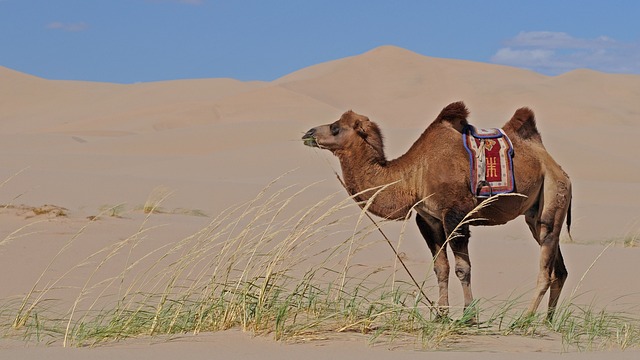
Sleep
The Camels sleep 6 hours per night. They can sense the temperature differences between the daytime and nighttime. The Camels can sleep standing up; this is a trick they use to protect themselves from predators.
Diet
The Camels belong to the herbivorous animal category and depend on plants primarily grown in the desert area. Unlike other animals, camels can eat thorny plants. The Camels differ from the other animals as their bodies naturally formed according to the regions in which they mostly live. They can drink 30 gallons of water within 13 minutes, and their bodies are shaped in a way that rehydrates faster than the other animals. The camel hump is a valuable body part for this animal as when there is little food and drink for them to have, the hump will release water. Therefore, we can be considered the camel hump as a store of food and nutrition.
The Camel hump is the storage container for the Camel to sustain in the high heat and the dry climate. The camels store their body fat in the hump; whenever the hump diminishes, the camels eat and drink food to refill it with fat. There is a one-humped camel named “The Dromedary camel” and a two-humped Camel named “The Bactrian camel.”
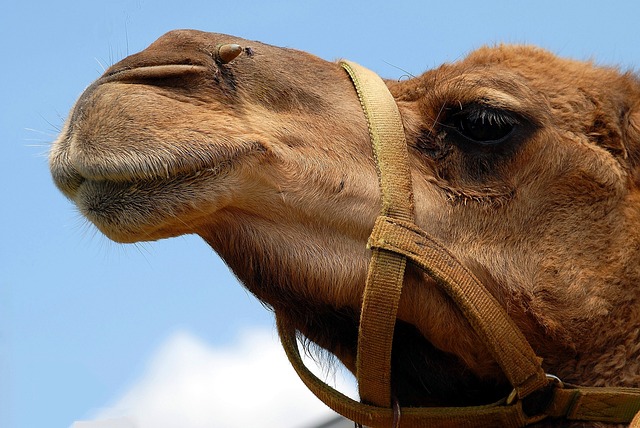
Important facts about Camels
- A camel has thick lips than other animals, enabling them to eat thorny bushes and plants.
- During the sandstorms in the desert, the camels can shut their nostrils and get protected.
- The camels have a hump on their back to store 80 pounds of fat; it will keep them alive for many weeks and months.
- Whenever the camels feel threatened, they spit; it is a common thing that people know that the camels spit on people. They do this when they are angry or feel threatened.
- It takes 14 months for a mother camel to give birth to a calf.
- A camel can travel up to 40 miles per hour. The camels are the transportation in deserts.
- The camel body is formed to tolerate the hot sand and temperature; the thick pads of their skin and knees let them sit comfortably on hot sand.
- Camel milk is a staple food for the Nomadic tribes in deserts.


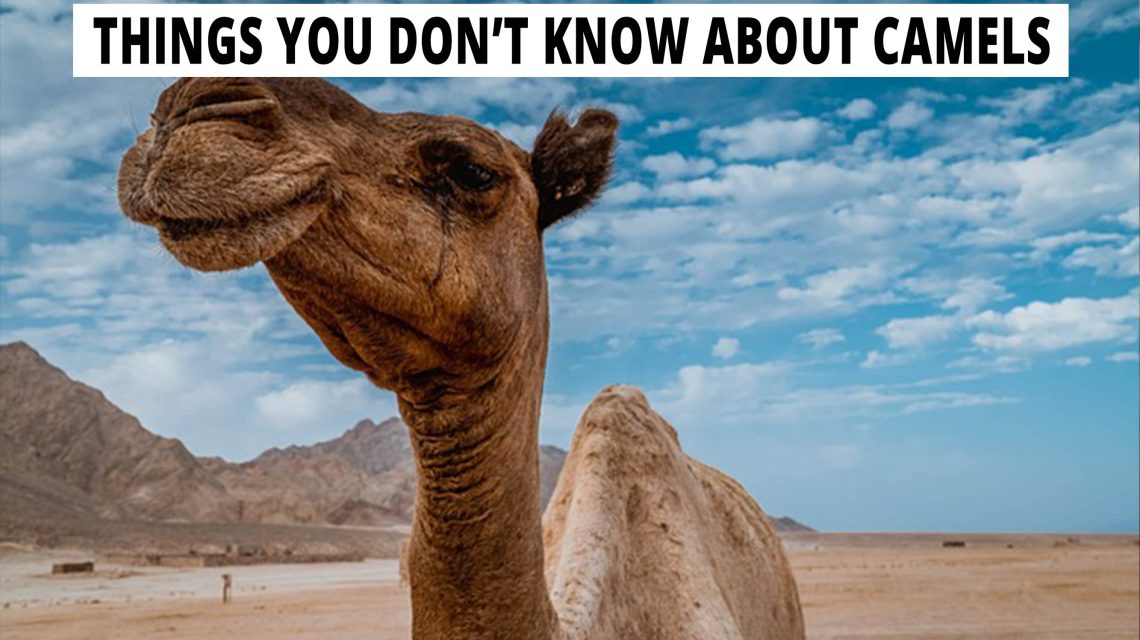
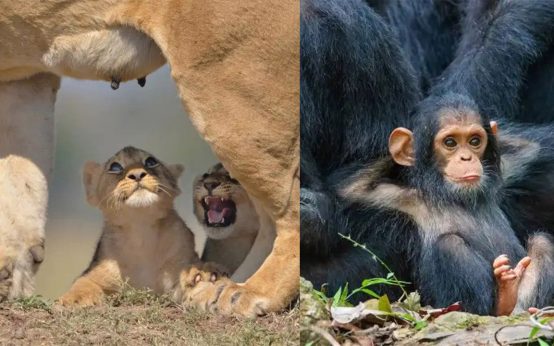 16 Greatest Animal Moms: Masters of Motherhood
16 Greatest Animal Moms: Masters of Motherhood  14 Uncommon and Remarkable Equine Varieties Demonstrating Nature’s Prowess as the Creative Artisan
14 Uncommon and Remarkable Equine Varieties Demonstrating Nature’s Prowess as the Creative Artisan  If Animals Used Tinder, This Might Be Their Profile Picture
If Animals Used Tinder, This Might Be Their Profile Picture  30+ Photos Of Dogs Before And After Being Adopted That Will Warm Your Heart
30+ Photos Of Dogs Before And After Being Adopted That Will Warm Your Heart 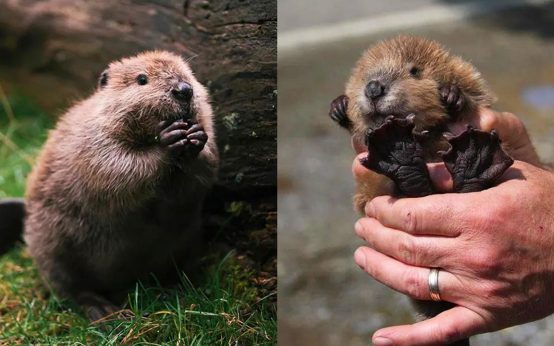 23 Adorable Baby Beavers To Celebrate World Beaver Day
23 Adorable Baby Beavers To Celebrate World Beaver Day  Thor is a Bengal cat with exquisitely beautiful fur
Thor is a Bengal cat with exquisitely beautiful fur